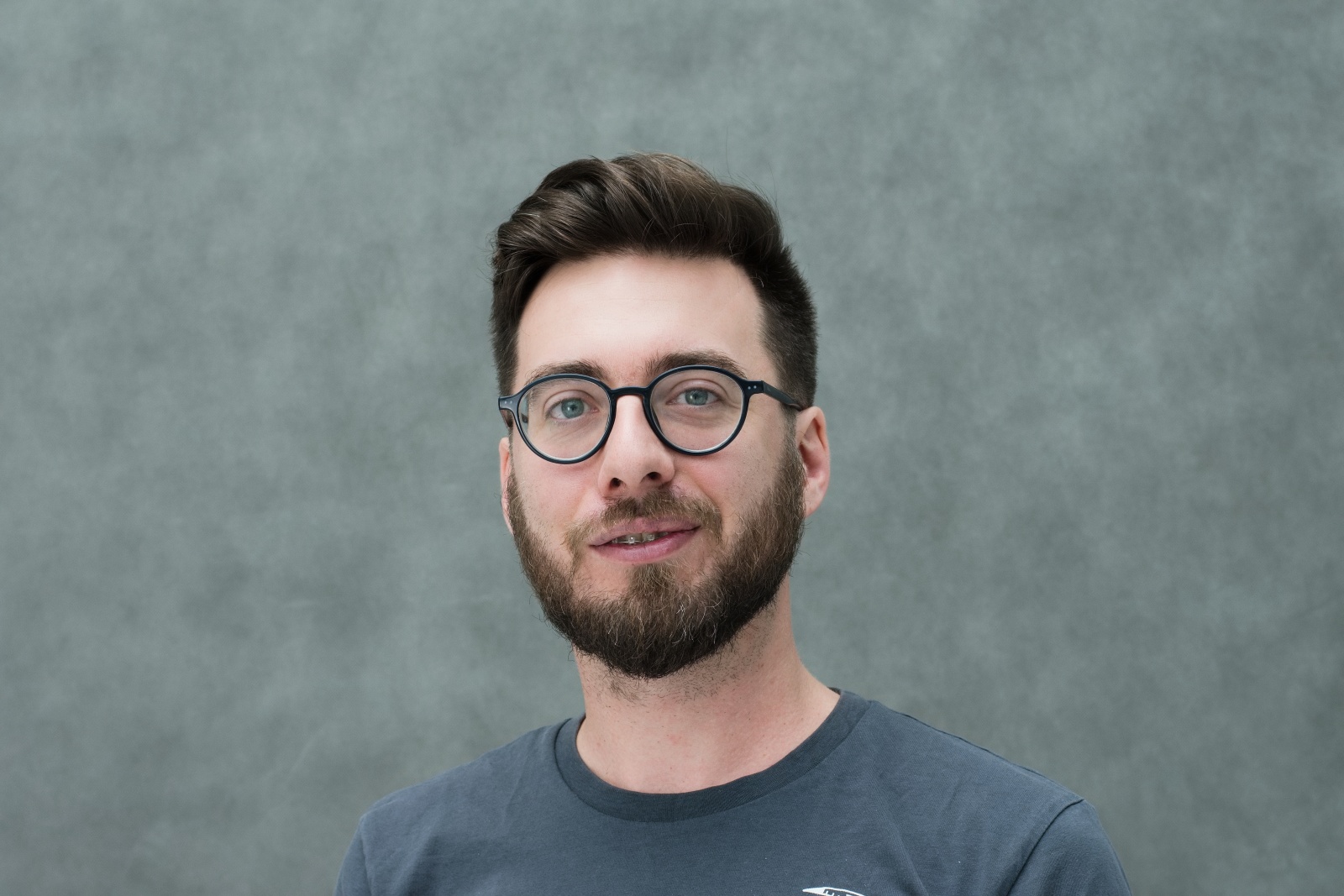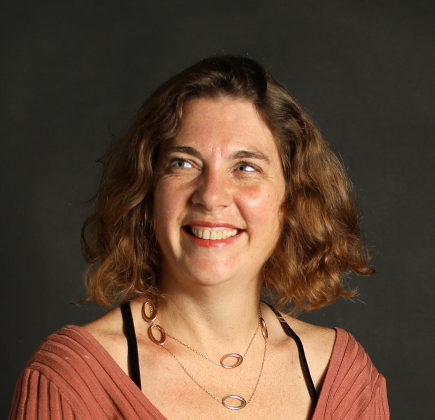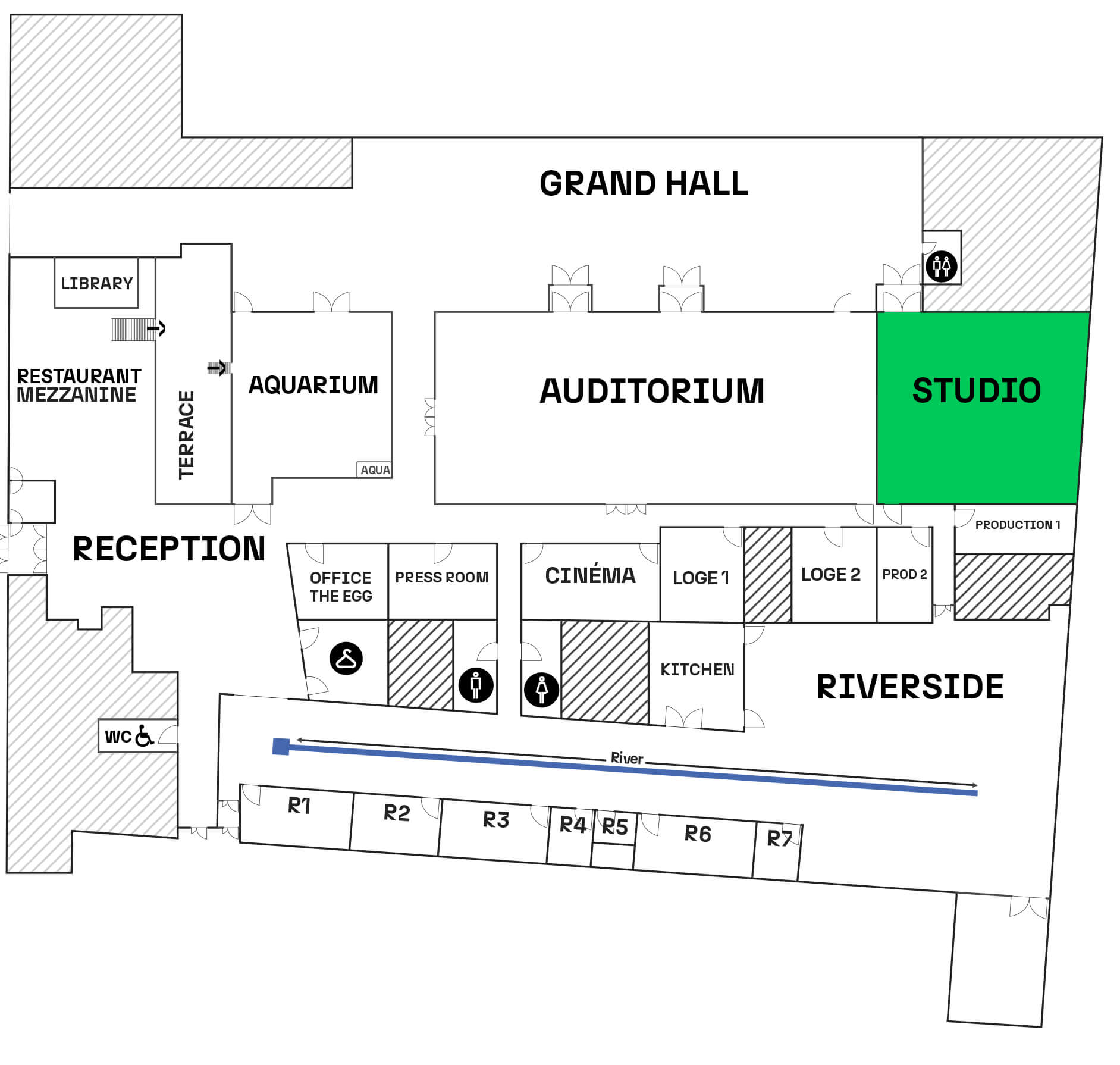Parallel session: Brain Modelling and simulation
This session will showcase how EBRAINS powers brain modelling and simulations by highlighting three case studies at different spatiotemporal scales. We will find our way from multicompartmental single-neuron simulations to large-scale networks and population-level whole-brain simulations. The examples will illustrate how EBRAINS can be used in both basic science and clinical research.

Who You’ll Be Hearing From
This session brings together expert voices from across the EBRAINS community and beyond. Discover the people sharing their insights, research, and perspectives on the topic.


Jonathan Mapelli is an Associate Professor of Physiology at the University of Modena and Reggio Emilia, Italy. He holds an M.Sc. in Physics from the University of Milan and a Ph.D. in Physiology from the University of Pavia. His research focuses on neural computation, with particular interest in the mechanisms of neurotransmission and synaptic plasticity. He currently leads the Neuromorphic Intelligence Lab, where multimodal computational and experimental approaches, including non-linear optical imaging and high-density microelectrode arrays are used to investigate brain network dynamics.


Astrid Correa is a mathematician and postdoctoral researcher at the Institute of Biophysics, CNR (Palermo), working within the EBRAINS and Human Brain Project frameworks. Her research integrates mathematical modeling, data science, and computational neuroscience to investigate emergent dynamics in neuronal networks—particularly theta–gamma coupling in hippocampal circuits. She earned her PhD in Applied Mathematics from the University of L’Aquila, focusing on synchronization in complex systems. Passionate about programming, AI, and interdisciplinary collaboration, she aims to bridge theory and simulation to uncover the computational principles underlying brain function.


Jan Fousek is a computational neuroscientist in the Applied Neuroscience research group at CEITEC Masaryk University. His work involves developing and applying computational models and non-invasive brain stimulation protocols in the context of healthy aging and neurodegenerative diseases. Currently he focuses on creating personalized virtual brain models for individuals with dementia with Lewy Bodies, aiming to better understand the underlying mechanisms linking the changes in cognitive performance to disease progression.


Fleur Zeldenrust is leader of the group "Biophysics of Neural Computation" at the Donders Institute of the Radboud University, the Netherlands. She has a Bachelour's degree in physics and a Master's degree in neuroscience, both from the University of Amsterdam. There, she also obtained a PhD in computational neuroscience in 2012. After performing postdoctoral research at the École Normale Supérieure in Paris, she returned to the Netherlands to design a track in computational neuroscience in the Psychobiology BSc degree at the University of Amsterdam. An NWO Veni grant (2015) and later a Marie Curie Training Network grant (2019, 'SmartNets') allowed her to start her own research group at the Donders Institute, which studies how the physical structure of the brain (its ‘hardware’) shapes the information processing and vice versa: how the computations needed for information processing (the ‘software’) are adapted to the physical structure of the hardware. The group uses a variety of theoretical methods, from (biophysical) neural network modelling to abstract coding models and advanced data analysis of experimental data, closely collaborating with experimental neuroscientists, studying neurons, networks, and behaviour, unraveling together the fundamental functions of the brain. She recently obtained an NWO Vidi grant (2022) to research the influence of neuromodulators on information processing in the brain. Next to her research, Fleur Zeldenrust is very passionate about communicating neuroscience to the public, (co-)founding amongst others the Dutch Brain Olympiad and the BrainHelpDesk.


Sacha van Albada is leader of the group "Theoretical Neuroanatomy" at the Institute for Advanced Simulation (IAS-6) at the Jülich Research Center and Professor for Computational Neuroanatomy at the University of Cologne, Germany. She obtained a Bachelor of Science degree from University College Utrecht, the Netherlands, followed by a master's in Theoretical Physics from Utrecht University, and a PhD in brain modeling at the School of Physics at the University of Sydney, Australia. Subsequently, she held postdoc positions at the University of Sydney and at INM-7, Research Center Jülich before becoming a group leader in 2017 and obtaining a Tenure Track Junior Professorship in 2019. From December 2025, she is a full professor. In the EBRAINS 2.0 project, she leads Task 3.2 on digital twin models. Her group combines anatomical and physiological data from a wide range of sources to build neural network models of mammalian cerebral cortex. The aim is to understand relationships between cortical structure and dynamics, and to provide models that serve as platforms for further refinement and for incorporating cortical function.
Find your way on the map

